Çeşmeköy, situated approximately 3 kilometers southeast of present-day Çeşme, holds significant historical importance as the original settlement in the region. The initial settlement, known as Çeşmeköy (Persian for “Fountain Village”), was established by Emir Çaka Bey in 1081, following his conquest of the peninsula. He relocated Oghuz tribes to this area, marking the beginning of Turkish presence there.
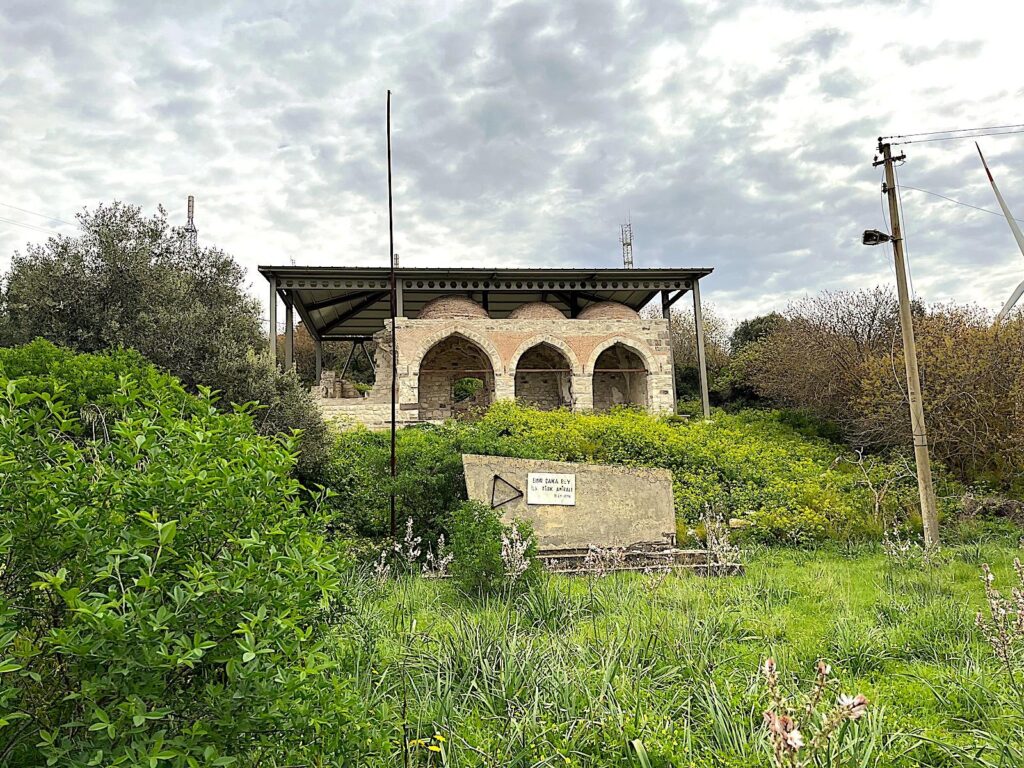
During the Ottoman period, Çeşmeköy continued to thrive as an important centre. One of the notable structures from this era is the Çeşmeköy Mosque, constructed in the 14th century. This mosque is characterised by its rectangular structure, featuring a square-plan sacred hall with a hipped roof and a square-plan vestibule attached. Additionally, the area is home to a large cemetery, reflecting its historical significance as a longstanding settlement.
Present Day Çeşmeköy
Location: Çakabey, 35930 Çeşme/İzmir
Today, visitors to Çeşmeköy can explore the ruins of the 14th-century mosque and the expansive cemetery. Çeşmeköy is situated approximately 3 kilometers southeast of Çeşme town, a few hundred meters above sea level, and lies on a rugged terrain. The mosque, which a small part has survived today, is currently (March 2025) being restored under the supervision of UMART Mimarlık, and is on land sloping towards the northwest. Three of the four domes of the vestibule, the minbar and the minaret adjacent to the northwest corner of the sacred hall, and the hall’s walls are partially standing.
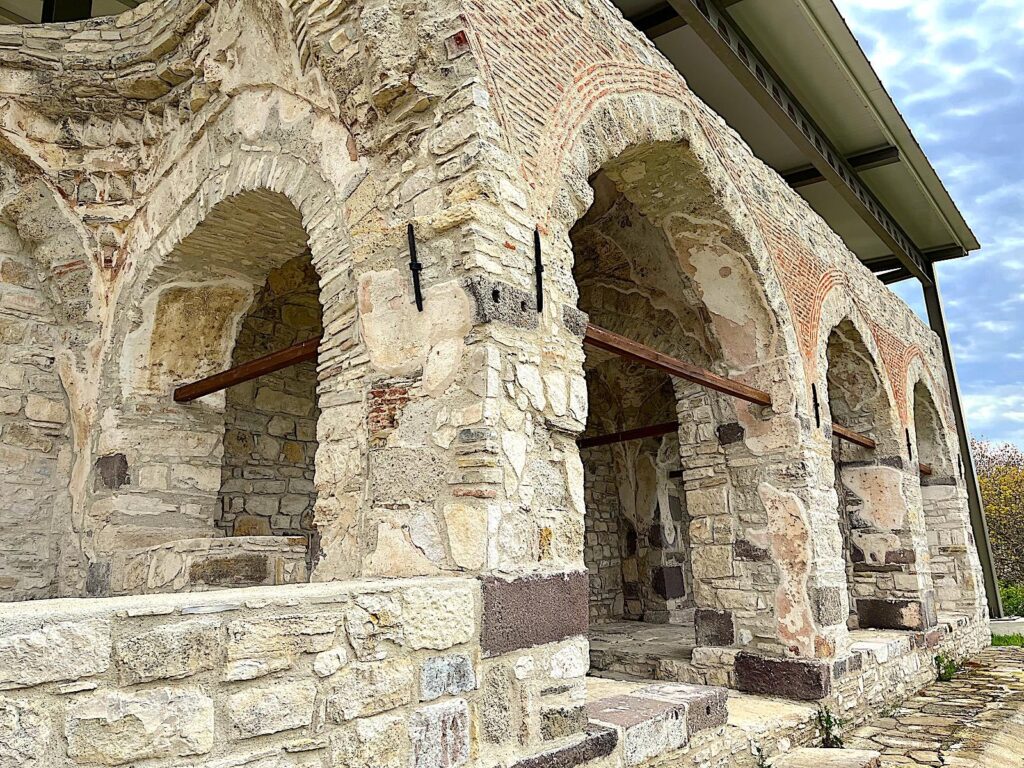
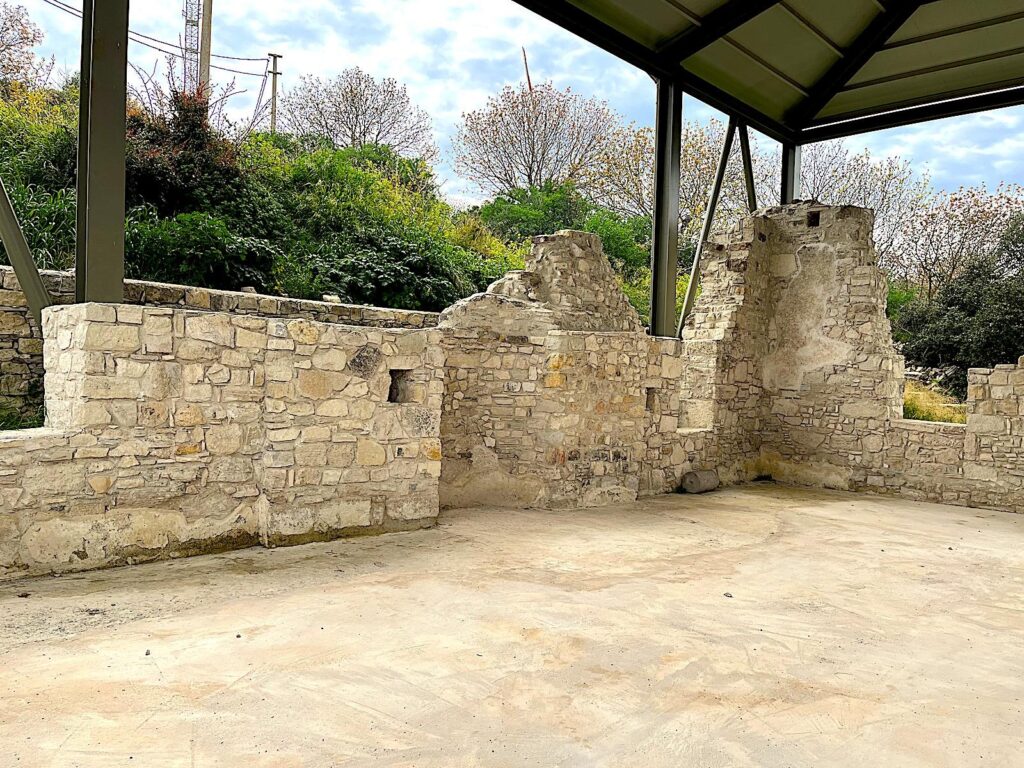
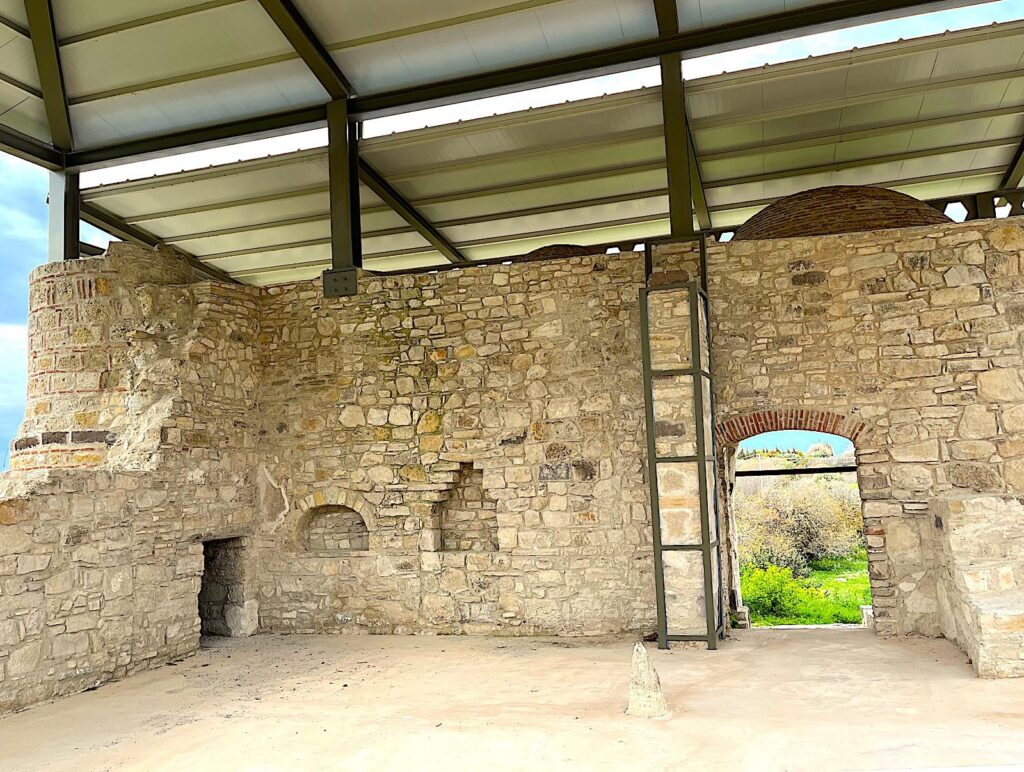
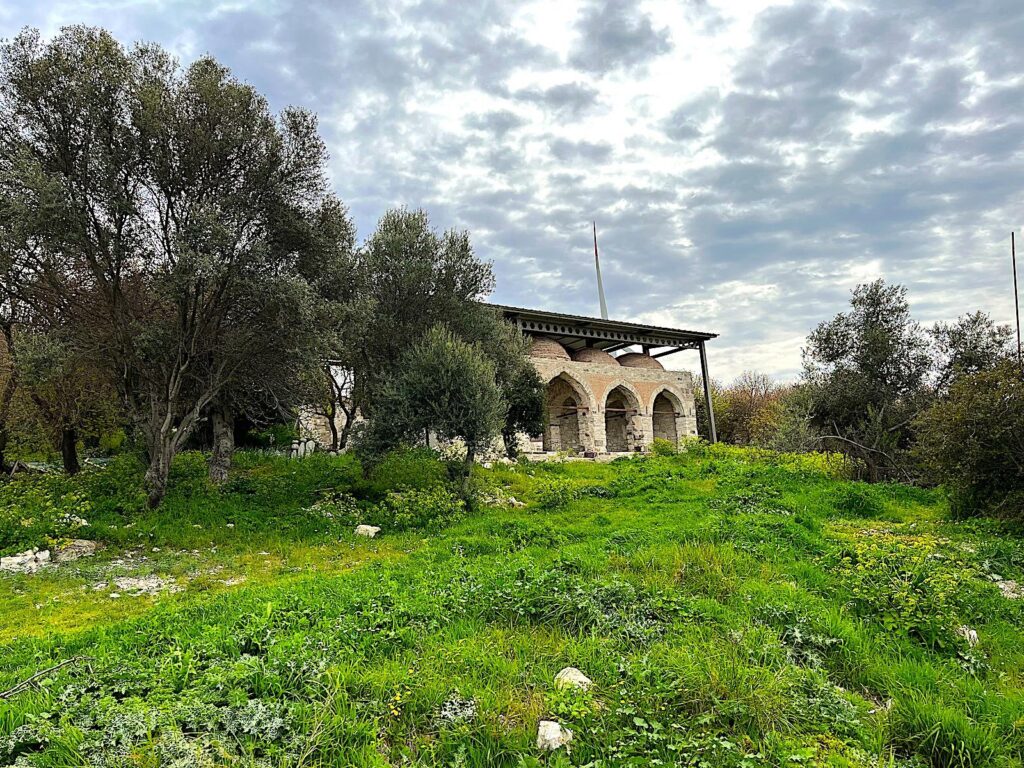
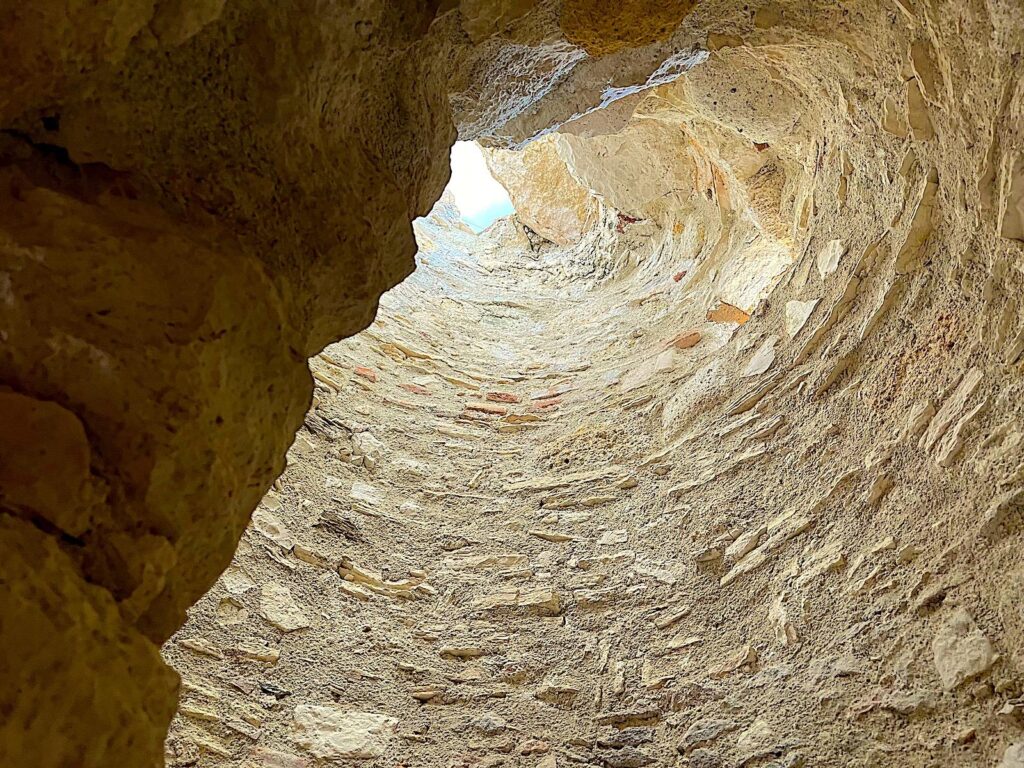
The façade of the sacred hall, which is partially standing, was built with cut stone, brick, and rough carved stone. There is no information about who built the mosque or when, and although it is said that Çaka Bey built the initial mosque, there is no exact information or document. It is sufficient to examine the facade decorations of the monuments, which were created from the middle of the 10th century to the middle of the 15th century. Although the buildings depend on Turkish traditions regarding meaning and superstructure, in some cases, arches, windows, wall meshes, and even brick decorations are in the Seljuk style.
There are no surviving buildings of Çeşmeköy; the only remaining village structure is an anonymous domed tomb, a few hundred meters north of the mosque. About 100 metres north of the tomb, there are remnants of a bathhouse. Many tombstones are in the east and north of the mosque and the west of the tomb.
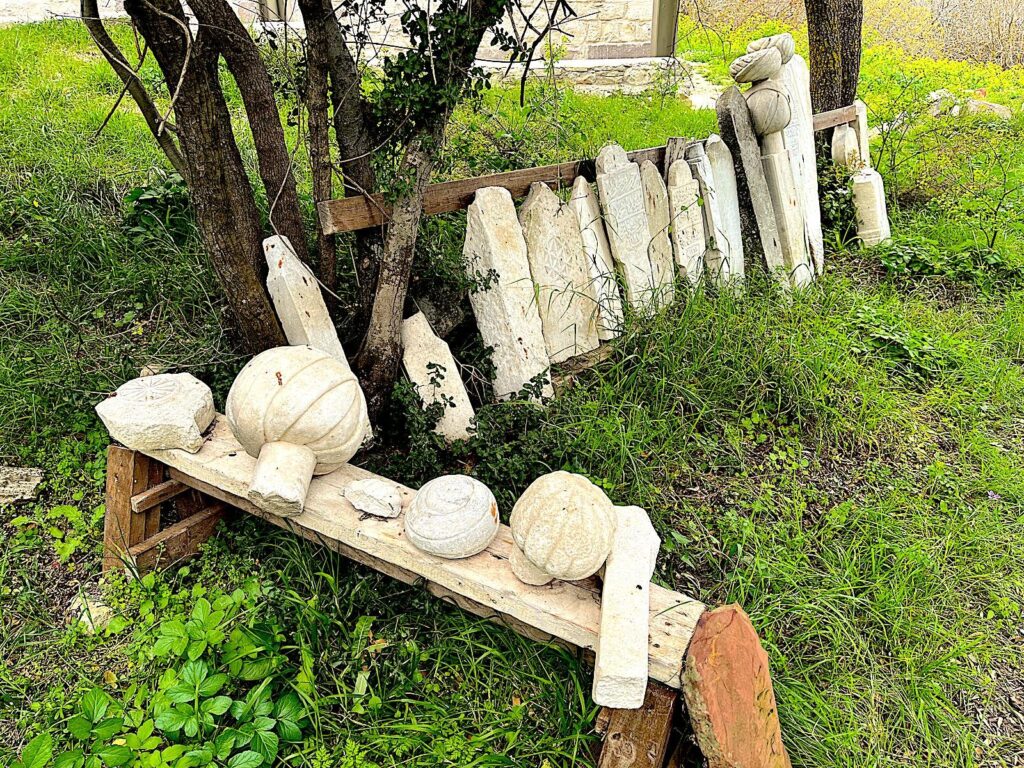
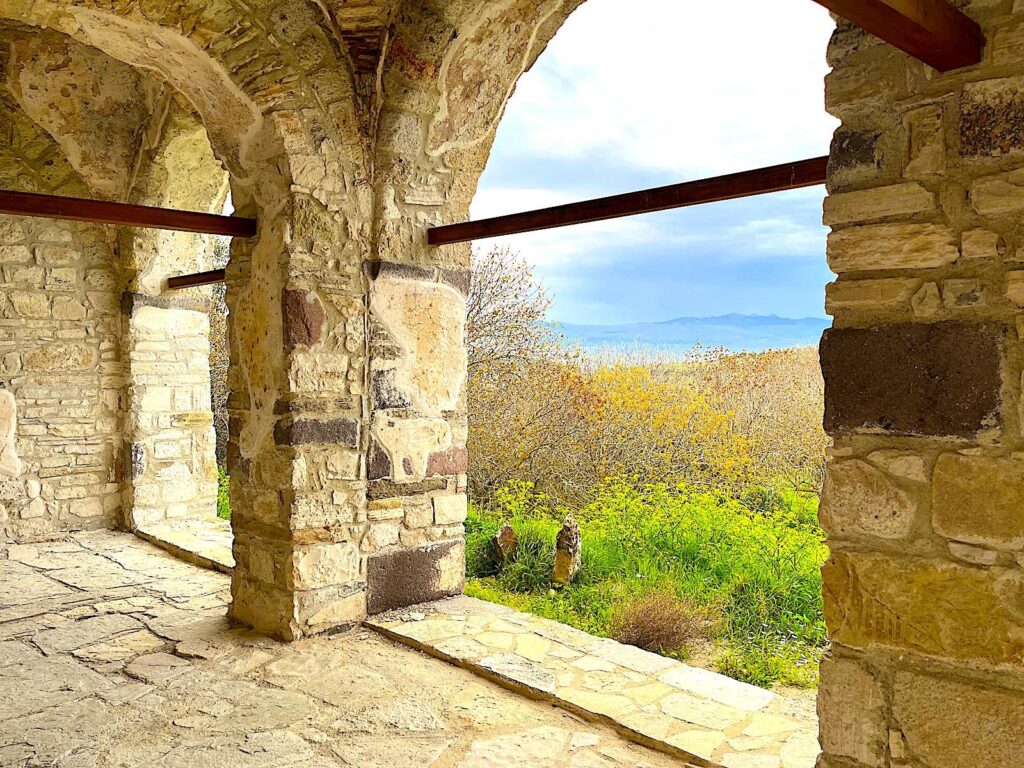
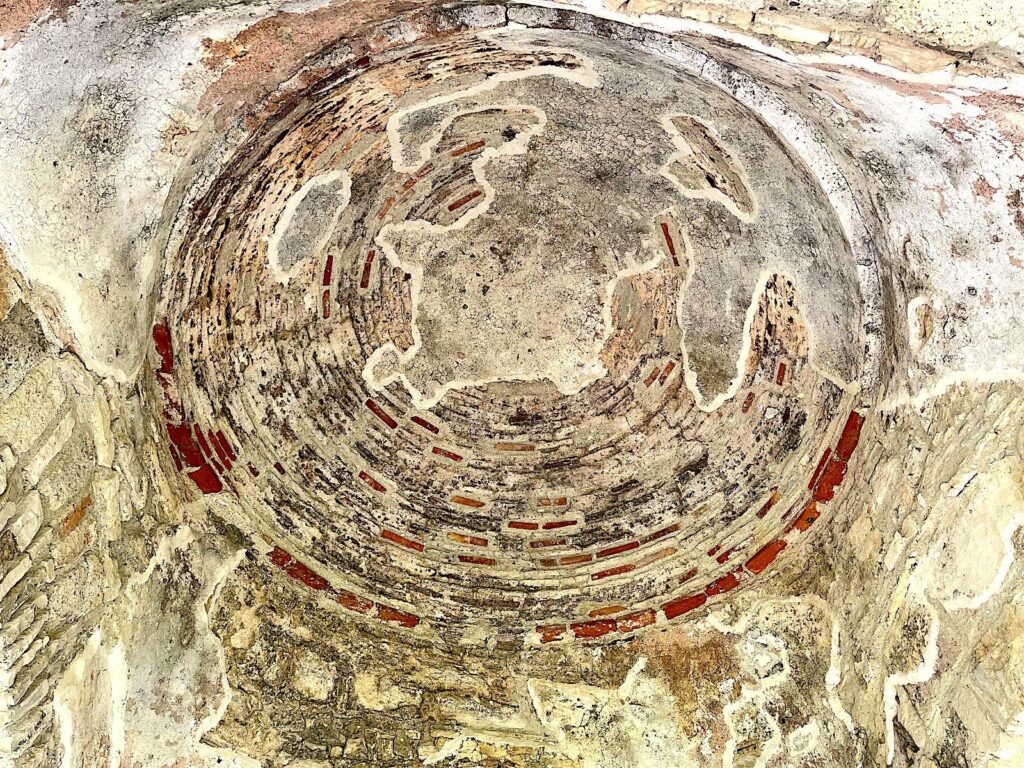
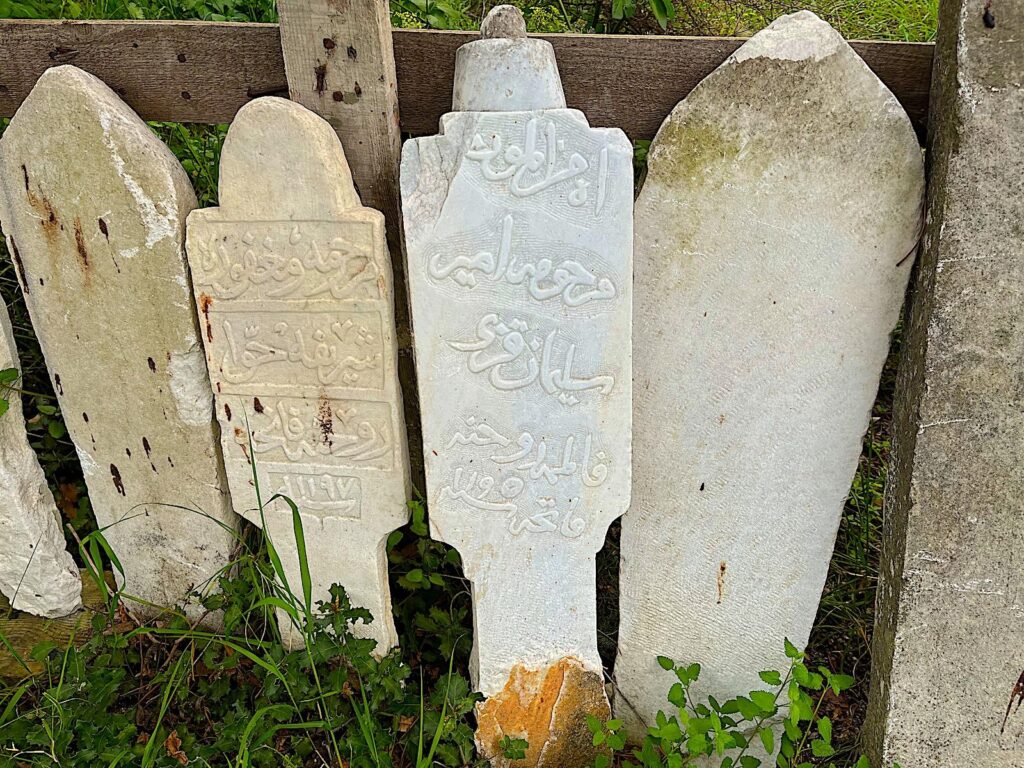
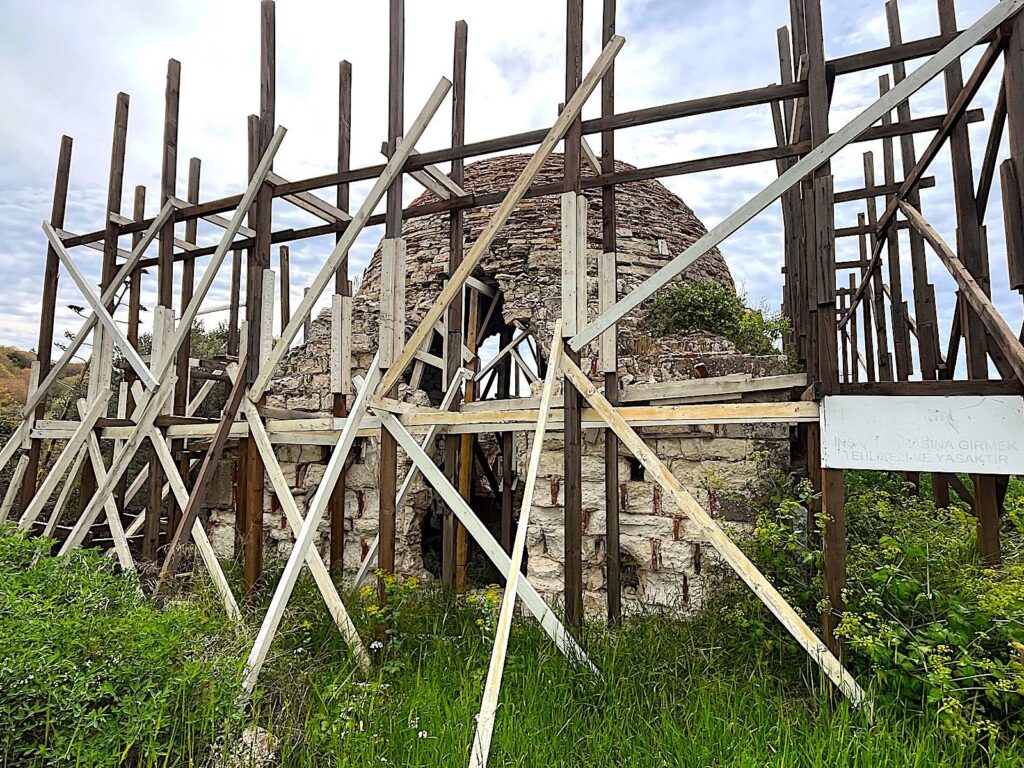
Emir Çaka Bey
Emir Çaka Bey, known as Tzachas in Byzantine sources, was an 11th-century Seljuk Turkish military commander who established an independent state centered in Smyrna (modern-day İzmir) around 1081. Initially serving the Byzantine Empire, Çaka Bey was captured during a campaign and, after his release, rose to prominence within the Seljuk ranks. Recognising the strategic importance of naval power, Çaka Bey constructed a fleet with the assistance of Christian craftsmen. With this fleet, he captured key Aegean islands, including Lesbos, Samos, Chios, and Rhodes, between 1088 and 1091, extending his influence over significant coastal territories.
At the height of his power, Çaka Bey declared himself emperor and sought alliances to challenge Byzantine authority, notably coordinating with the Pechenegs for a joint assault on Constantinople. However, his ambitions were thwarted by a Byzantine naval expedition led by John Doukas in 1092, which recaptured Lesbos and diminished his control. In 1093, Çaka Bey was assassinated by his son-in-law, Kilij Arslan I, the Sultan of the Seljuk Sultanate of Rum, during a banquet, a plot orchestrated by the Byzantines to eliminate a formidable adversary.
The Oghuz Turks
The Oghuz Turks were a prominent Turkic nomadic group originating from Central Asia, known for their pivotal role in the migration and settlement patterns across the region. In the late 11th century, under the leadership of Emir Çaka Bey, Oghuz tribes were relocated to the area near present-day Çeşme, establishing the settlement of Çeşmeköy. The Oghuz were organised into various tribes and clans, each with distinct identities. According to historical records, the Oghuz confederation originally consisted of 24 tribes. Among these, the Kınık tribe gained particular prominence, as it was from this tribe that the Seljuk dynasty emerged, eventually establishing a vast empire encompassing parts of Anatolia and beyond.
In the context of Çeşmeköy, details about which Oghuz tribes settled in the area are limited. However, it is plausible that members from various Oghuz tribes, possibly including the Kınık, were among the settlers brought by Çaka Bey to fortify and populate the region. This strategic relocation aimed to establish a robust Turkish presence, contributing to the cultural and demographic landscape shaping western Anatolia’s future. Today, the legacy of the Oghuz tribes in Çeşmeköy is reflected in the remnants such as the Çeşmeköy Mosque and the surrounding cemetery.
See also: LikeCesme.com – Historic Çeşme
